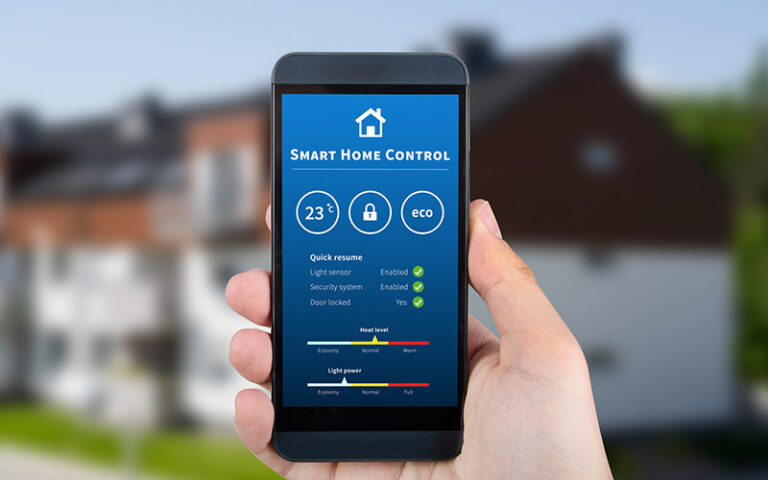A smart thermostat can offer substantial savings on your electric bill. However, you need to learn some tips that will help you realize these savings. Here’s how to optimize a smart thermostat in your Buford, GA home.
What Is a Smart Thermostat?
A smart thermostat controls a home’s HVAC system. With Wi-Fi connectivity, it can become part of a smart home and integrate with your other smart technology.
You can set a smart thermostat as if it were a programmable thermostat. However, a smart thermostat’s extra features enable it to better benefit you and your family.
A smart thermostat uses machine learning to learn your temperature and time preferences. It records both internal and external temperatures, how long your HVAC system has been running and how much energy your system has consumed. You can operate it remotely from various devices because of its Wi-Fi connectivity.
Studies performed by the Indiana Utility Vectren and by the Energy Trust of Oregon both proved that a smart thermostat can cut residential electric bills by at least 12%. To reap the most economical and lifestyle benefits, ask an HVAC professional to explain your new smart thermostat’s features to you.
1. Strategically Place Your Thermostat
For your best comfort, instruct the HVAC professional to install your smart thermostat in a room where your family spends the most time. A wall in your family room may be a great location.
You’ll also need to make sure that you place your thermostat in a location that gives it the most accurate temperature reading. Any thermostat mounted onto a wall that’s next to an outer door will get cold blasts in the wintertime and hot ones in the summertime whenever people open the door. These blasts could cause the thermostat to unnecessarily turn the HVAC system on, wasting energy and money.
Other sources of faulty readings are furniture, plants, mirrors and paintings that are too close to the thermostat. Have your thermostat placed away from those things.
2. Zone Your Home
Zoning requires the use of multiple smart thermostats to create zones according to how often you’re in certain rooms. Zoning lets you heat and cool just the rooms that you are using instead of the whole house. Zoning can save you up to 35% on energy bills.
3. Properly Set Up and Use Your Smart Thermostat
Smart thermostats contain sophisticated machine learning software that requires time to learn its user’s schedule. Avoid making a lot of manual adjustments while it is learning. You may want to hire an HVAC professional to set up your smart thermostat and teach you how to use it.
4. Use the Remote Access Features When Scheduling Changes
A smart thermostat’s Wi-Fi capability allows you to remotely adjust the temperature whenever your schedule changes from the norm. For instance, you can remotely instruct your HVAC system to delay cooling or warming your home for your arrival. Habitually using this feature could help save you money on your electric bill.
5. Let the Smart Thermostat Advise You
To save the most money, you’ll have to form some new habits when you use a smart thermostat. A smart thermostat’s software can do a quick situation analysis to come up with the most cost-efficient way to make drastic temperature adjustments and then advise you. By following the device’s calculations for recommended temperatures, you can save energy.
6. Lower Settings at Night in the Wintertime
People sleep better in cooler temperatures. You can save an extra 10% in the wintertime if you program your thermostat to lower the temperature setting during the night by 10 degrees.
Smart thermostats are an ideal way to save money on your energy bills. Contact Pruitt Heating & Air, Inc. to schedule an appointment for your smart thermostat installation.
Image provided by iStock

